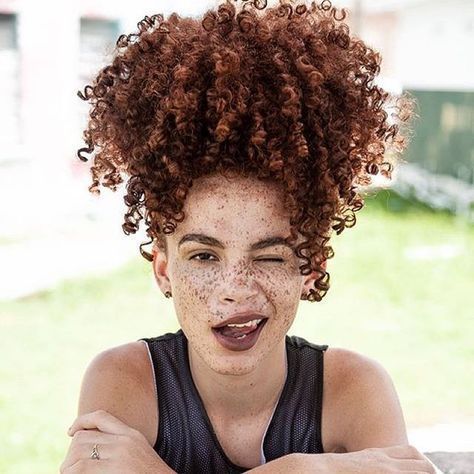We spend a lot of time talking about the importance of moisturizing curls. However, there are times when there an be too much of a good thing. If your curls are too moisturized, it can actually have an adverse effect on strands. Here’s how to tell if your curls are too moisturized. Of course, we’re also going to tell your what to do about it.

https://i.pinimg.com/564x/37/c1/5e/37c15ecc2809ba25d4733496392131a3.jpg
How To Tell If Your Curls Are Too Moisturized
Too much moisture:
Believe it or not, it can be possible to give your curls too much moisture. If your curls are overly moisturized, there will be some symptoms showing up. These may include, your curls actually feeling dry and frizzy, despite you regularly applying moisture. Curls will feel elastic, with excess stretching. Despite being able to stretch, your curls will still snap off. However, when curls are wet you may notice your strands feel clumpy, mushy, or limp.
Fortunately, not all is lost! You can usually recover from overly moisturized strands, also known as hygral fatigue. Begin adding more protein into your curl care routine. This will begin adding structure and strength to your strands.
Not enough moisture:
However, there are also times when your strands don’t have nearly enough moisture. This can be really detrimental to your curl care routine. In order to recover your strands, you’ll need to start with basics. Clarify your curls to remove any excess protein build up. Until you’re noticing more balanced levels in your curls, you’ll need to add protein back into your curl care routine. This can be done with protein treatments, like deep conditioners. Utilize water based treatments, such as thick, creamy conditioners. After applying treatments, use oils to seal the moisture into your strands. This will limit the amount of moisture loss to the environment. Until your curls are more balanced, use a protein treatment weekly into your curl care routine.
